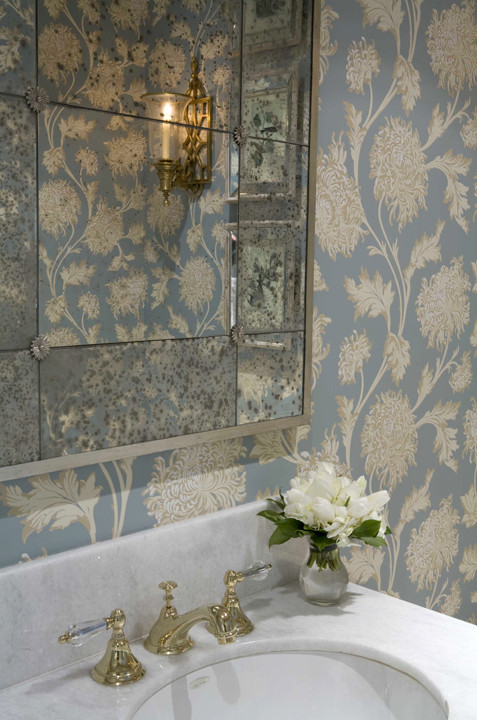Ancient Mirrors

Mirrors are primarily used for reflection. Before the use of modern mirrors we know today, ancient people used water from rivers as mirrors. They would have looked directly on to a flowing river or collected water in a vessel. The earliest known manufactured mirrors were found in Anatolia (Turkey) around 6000 BC. They were made from polished stones and volcanic glass called obsidian which was dark in color but transparent. Polished stone mirrors were discovered in Central and South America which dated from 2000 BC onwards. From 4000 BC, people from Mesopotamia made mirrors using polished copper and ancient Egyptians crafted the same from 3000 BC. Around 2000 BC, the Chinese created mirrors using bronze. Mirrors manufactured from copper and tin speculum metal may have been from China and India. Metal mirrors were very hard to produce then, making it expensive which only the rich could afford.
The first metal-coated mirrors are believed to have been produced in Sidon (Lebanon) in the first century AD. The Romans discovered the technique of coating blown glass with molten lead to create crude mirrors. During the European Middle Ages, mirrors were made of bronze, tin, or silver, and had a slightly convex shape. Other metals were used such as gold and lead to produce a more sophisticated mirror. The metals were polished to give a reflective surface. However, because the metals were heavy, mirrors were small compared to standard-sized mirrors we have today. Ancient mirrors were about 8 inches in diameter and mostly used for decoration. Even then, mirrors were still difficult and costly to manufacture. The sand used in glass-making had too many impurities that prevented the manufacture of really clear mirrors. Another problem during that time was that the high temperature of the molten metal being added at the back of the glass almost always broke the glass.
During the Renaissance, the Florentines invented a process of applying low-temperature lead as backing to glass. This technique produced clear mirrors that artists such as architect Filippo Brunelleschi could use in their craft. In the 16th century, Venice became a center for manufacturing mirrors because of the city’s expertise in glass-making. Mirrors manufactured from Venice were framed to add to their high quality and beauty. By the 17th century, London and Paris became the hub of mirror-making. From the late 17th century onwards, framed mirrors became important elements in decorating homes. Framing materials commonly used were ivory, ebony, silver, and tortoiseshell.
Image sources:
www.alhambraantiques.com
www.houzz.com

